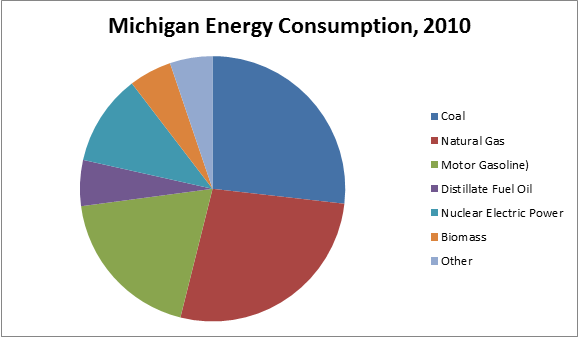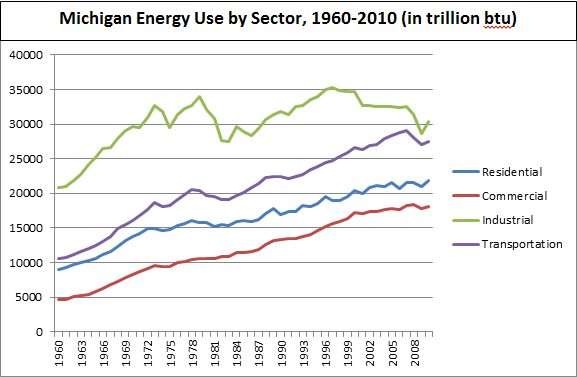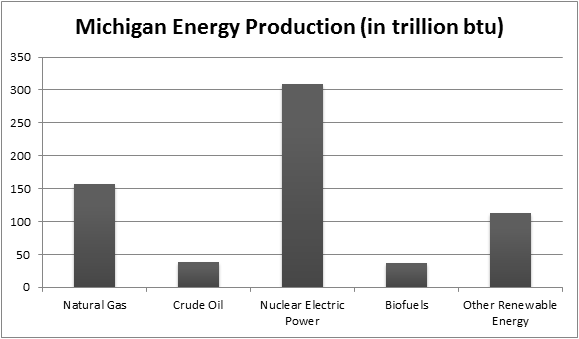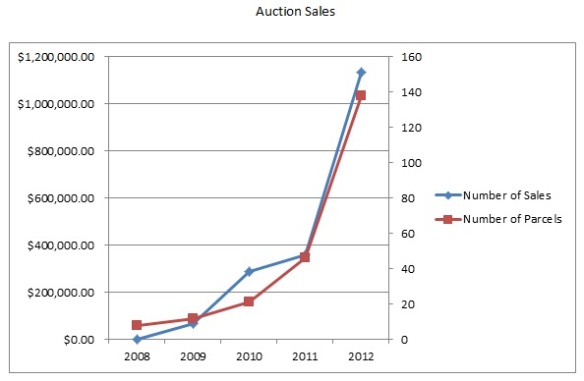
The E20-018 EMC Certification Exam assesses an individual’s ability to plan and design for the purpose of migration to Cloud environments and Virtualized Data Centers. Candidates must be able to design these types of infrastructures that will hold up to real environments. For anyone wishing to qualify for the Cloud Architect Specialist track, this exam is for them.
What Products Should Candidates Be Familiar With For This Certification Exam?
There are some exams that cover information about products as well as information about specific IT skills, practices, and procedures. This is one of those certification exams. The products that you should be familiar with for this exam include PowerPath, VFCache, Isilon, Virtual Storage Integrator, VPLEX, and Symmetrix VMAX although other products may be directly or indirectly referenced on the exam, as well.
What Topics Should You Know By Heart?
In addition to these products, you should also be well-versed in a number of different but related topics if you want to pass this examination. The Cloud and the Virtualized Data Center will be represented as will the differences between the two and the drivers for each. Also, the applications of VDC and Cloud architectural components including business requirements, servers, inventory analysis, and migration plans will be a focus of a good number of questions. Finally, expect to see the topics of governance, risk, and compliance show up in a fair number of questions, too. Learning all these topics will be a challenge, but it can be done with the simply amazing exam prep packages found at http://www.examtrace.com. These packages will lead to success.




